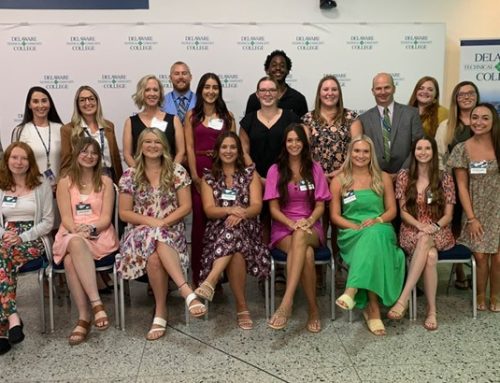In the business world, attracting a new client costs many times more than keeping a current one. The same approach can be applied to nonprofit donors. Retaining current donors is easier and creates greater lifetime value for your organization.
The challenge is stark: Fewer than one in five first-time donors gives a second time, and the average U.S. nonprofit keeps only about 40 percent of its donors from year to year.
Applying a marketing mindset tells us that the keys to donor retention are strong customer service and a quality total donor experience. You want to connect more than you ask. In short: Retention is about everything that happens after the gift. These three tactics will help give your retention efforts new focus.
1. Research
Your initial prospect research has likely identified a variety of knowledge points about each of your donors: Giving history, business affiliations, political donations, real estate holdings, etc. Research for retention purposes takes a deeper approach. Each conversation or contact with an individual donor should yield robust information that will help you both tailor individual requests and create marketing content that will appeal to similar donors. Ask about their likes and dislikes, goals and passions, future hopes and dreams, what programs they see as effective and what inspires them to act. Feed that new knowledge into your buyer’s journey.
2. Recognition
Even the most selfless donors appreciate being recognized for their philanthropic work. Don’t let recognition stop at dusty plaques on the wall or a line in your annual report.
Donors should be placed at the center of your marketing content, connecting their gift with your work and your clients’ eventual successes. Draw a direct line between donations and action; that explicit link will both publicly highlight a donor’s motivation and provide an example for others to follow. Do this for $50 gifts as much as for $5,000 gifts; energizing first-time, small-dollar donors is a critical part of a retention strategy.
3. Reward
For many donors, though, the value of public recognition pales in comparison to the power of the intrinsic reward – the positive feelings that accompany learning of the impact of your gift. You can engage with them directly, at a one-on-one level, or create content and messaging that reinforces those emotions to a wider-scale audience of similar background and motivations. This nurturing approach can pay big dividends down the road. Two examples:
• Offer your donors first-look opportunities at new programs and projects. If they aren’t able to attend an exclusive event, have a one-pager on standby to put in the mail or attach to email that highlights the impact or potential.
• Educate donors about highly relevant issues for your organization. Curated ebooks or issue briefs written for a non-specialist, general audience can be effective tools in expanding a donor’s horizons and broadening their perspective.
About the author
Hook PR & Marketing supports nonprofit organizations in telling their stories to donors and other audiences. Is your organization looking for expert counsel with messaging to donors, volunteers, or clients? Contact us at info@hookpr.com.




